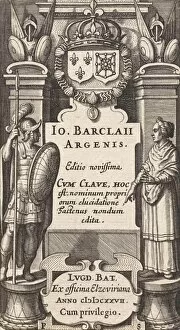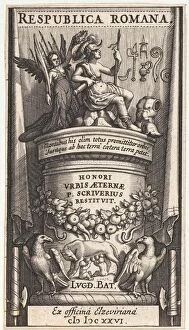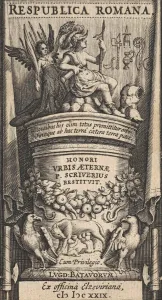Abraham Elzevier Collection
Abraham Elzevier, a prominent figure in the world of printmaking during the 17th century, left an indelible mark on art history
All Professionally Made to Order for Quick Shipping
Abraham Elzevier, a prominent figure in the world of printmaking during the 17th century, left an indelible mark on art history. Born in 1628, he hailed from a family renowned for their contributions to the field. His father, Bonaventura Elzevier, and his uncle Pieter Serwouters were both accomplished artists themselves. One of Abraham's notable works is "Allegory with a woman and a Roman soldier, " created in collaboration with Pieter Serwouters. This piece showcases their artistic prowess and attention to detail. In another masterpiece titled "Rome crowned by Fame, " Abraham collaborated once again with Pieter Serwouters and Bonaventura Elzevier. The print captures the grandeur of Rome as it is gloriously adorned by fame. Abraham's talent extended beyond collaborations; he also showcased his individual skill through works like "Two men with a harp" and "Two Poles. " These pieces demonstrate his ability to capture human emotion and depict scenes that resonate deeply with viewers. Not limited to portraiture alone, Abraham ventured into other subjects such as religion and academia. In "Globe with two scholars, " he portrays two intellectuals engrossed in scholarly pursuits—a testament to his appreciation for knowledge. One particularly striking work is the "Allegory of Faith and Justice. " Created alongside Bonaventura Elzevier and Pieter Serwouters, this print explores themes of faithfulness and fairness—an allegorical representation that speaks volumes about Abraham's artistic vision. Abraham also immortalized notable figures through portraiture. He captured the likeness of James I, king of England, Franco Petri Burgersdijck (a professor at Leiden), Philipp Cluver (a geographer), Thomas Erpenius (an orientalist), among others. Through these portraits, he not only preserved their images but also conveyed their importance in society.













